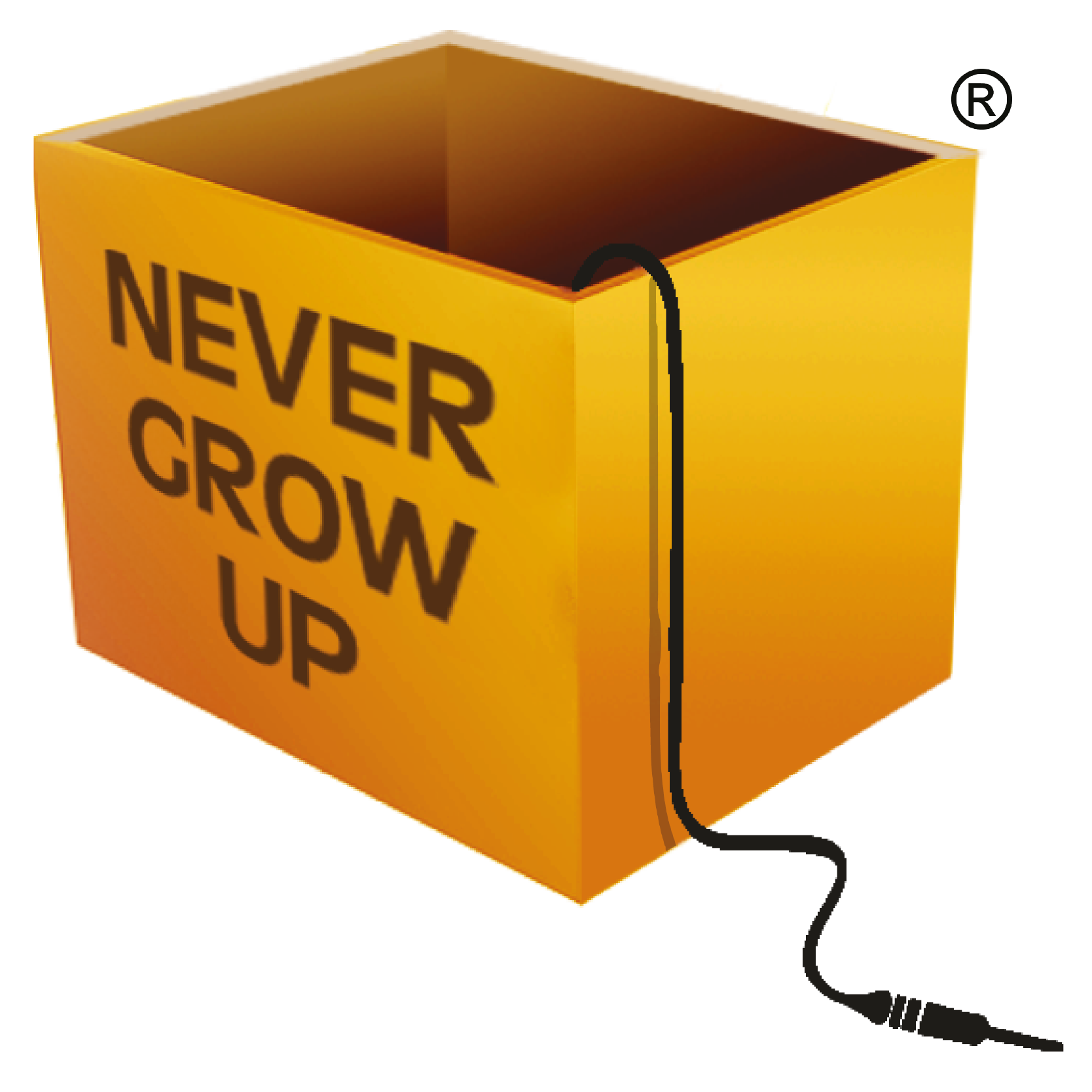Whether it was a maternity leave, a break to rethink your career path, or you were laid off, you’ve decided to take the plunge by getting back into the workforce again. Women often are more likely to take breaks for childcare and eldercare. A report by Indian Women Network says, 91 percent of working women in India who take a break, want to re-join the workforce. Even if you are going back to the same organisation or switching jobs, it has been so long being away from work that it seems like a distant dream now. Getting your foot in the door again is a task in itself but let that not deter you from it.
The job hunt
Start with reading up on the latest trends and the newest developments in your industry. Even if you have had a finger on the pulse of the industry, you need to update your skills. Familiarise yourself with the latest tools and techniques by taking up courses online/offline. The importance of networking cannot be asserted enough. Tap into networks like LinkedIn and get in touch with your professional connections. Chances are, they still remember you as a capable worker and may even refer you for a position. You can leverage seminars and workshops, as not only are they an excellent opportunity to network but they are also a good way to upskill yourself. It’s time to rework your CV as well. Don’t be afraid to mention the sabbatical and write in any volunteering or freelance work that you had been doing all this while. Add in anything which shows that your skills align with the profile the recruiter is looking for. Another way to get back in the game is through Returnships. It is nothing but an internship program, geared towards experienced individuals who are looking to get back into the workforce after a long time.
Acing the interview
The question of having taken time off is bound to come up during the interview with the hiring manager. It makes for an excellent opportunity for you to highlight how it gave you a fresh perspective on your career. Of course, this holds true only as long as you are able to justify your break and provide relevant details pertaining to it with confidence. Say, you took some time off to travel the world. You can talk about how it helped you add on to your already existing skills. Emphasize how you dealt with the challenges of the language across borders, how it has made you a better communicator and better equipped in dealing with people. It’s important to show your career gap in a positive light and how it helped you build on your skills.
Preparing for the transition
So you have been hired, you are over that mountain, now what? Well, you have a job to be at! As your joining day draws closer, begin by developing a daily routine well in advance. Wake up at the time you would if you had to go to work. Prioritise taking care of yourself and get active by starting with light exercises. If you have a significant amount of commute to work, it becomes even more important to prepare your body for all that is about to come, while mentally preparing yourself. Apply changes to your life that get you excited and put you in the right state of mind. Get yourself some new clothes. Have you been thinking of getting that haircut, but kept putting it off all this while? Now is the time. Anything that makes you look forward to going to work is a good idea.
Taking it easy
Amidst all the hard work that you have been doing to get everything right, remember to not let self-doubt cloud your mind. Rethink your decision to tackle the most challenging task head-on to avoid getting overwhelmed. Instead of going straight into the most demanding projects, start with simpler ones so that you slowly ease into the flow of work-life once again. Even though you were on a break, don’t be guilty about it and put in extra hours unnecessarily. The thought of getting back in the workforce after an extended break can be intimidating. But that need not be the case if you plan well ahead and make the necessary changes to prepare yourself for the big transition.





